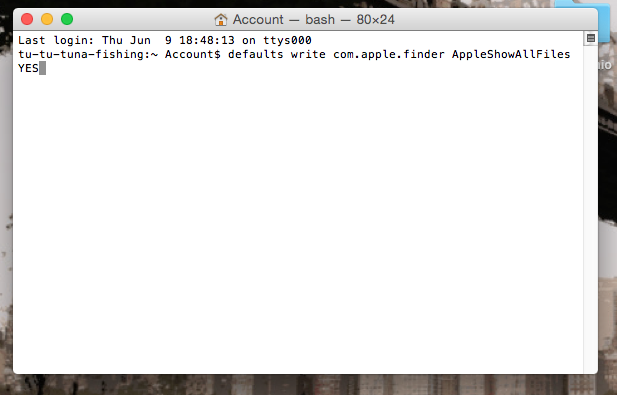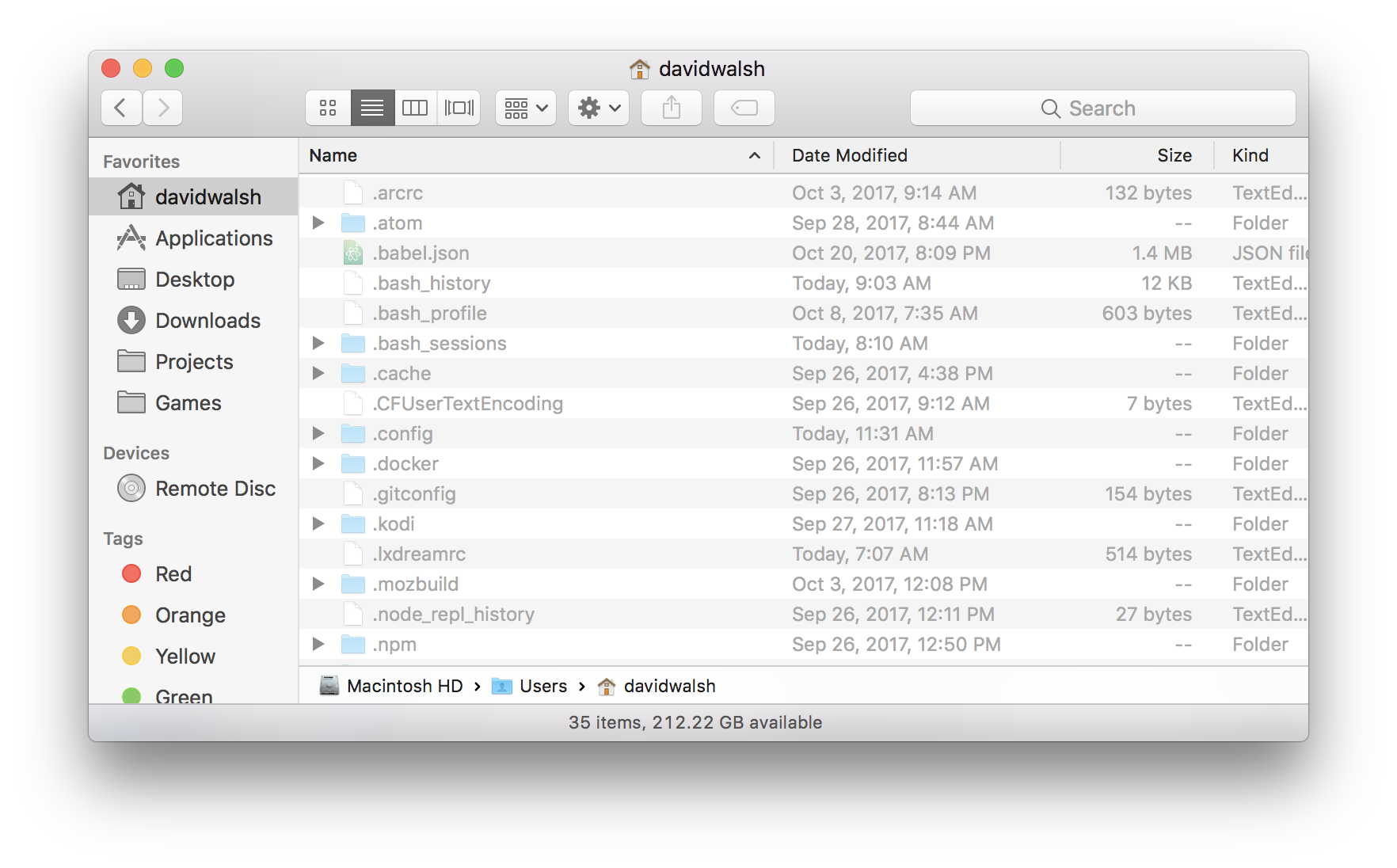
If you use the methods above, anyone can find these files, so this is not a true replacement for file encryption or any real protection. You're now able to see the hidden files on your Mac. Choose the Macintosh HD folder under Locations on the left side of the Finder window.

Showhiddenfiles mac password#
This would be useful if you have password protected files, or if you just don't want someone who uses your Mac fiddling with something that isn't already hidden. This method may seem less useful than browsing the Finder, but it can also help you hide files and folders on your computer. Terminal can also help you hide individual files and folders on your personal computer. Enter the default values write AppleShowAllFiles false and press enter.To hide these files again, change the value from true to false. You will be able to see all hidden files in Finder after executing both lines of code. If you want to free up space on your hard drive, there are other ways to do it. Keep in mind that there aren't many good reasons to mess around with these files, such as moving program directories or fixing drivers. If you want to show hidden files on a Mac, you can use the Finder app or your Mac's Terminal app. This way, you don't have to worry about your computer getting damaged, but it does make it a little more difficult for you to have to log into it when you do. People who own Macs can't see many of these files by default, which is why Apple hides them. Users using Windows can find these files in File Explorer where it is easy to make changes and errors.

You should not play with them unless you know what you are doing because they can be dangerous. If you move or delete any of these files, something might go wrong. There are users who want to show hidden files on PC. If you want your personal computer to run smoothly, it has server directories, libraries, and files that keep the operating system running.


 0 kommentar(er)
0 kommentar(er)
